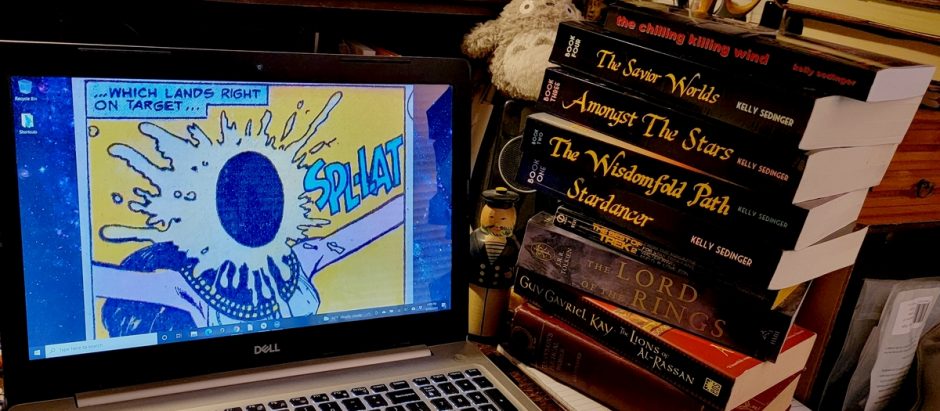
Fifty years ago today, one of the most notorious maritime disasters in American history happened when the Edmund Fitzgerald, a mighty freighter of the Great Lakes, foundered and sank near the eastern end of Lake Superior. The story is well known, of course: the huge ship with the long and distinguished career, famous for being one of the biggest ships on the Great Lakes, and the way it sailed into one of the most ferocious storms in memory, finding itself in a more and more harrowing position, and striving against time to reach the relative safety of Whitefish Bay, and Captain McSorley’s haunting last radio message–“We are holding our own”–likely send just seconds, maybe minutes, before the ship went down with all hands.
The exact cause of the Edmund Fitzgerald‘s sinking has never been precisely determined. Can it be, at this point? I don’t know. It would likely take a lot more inspection of the wreckage on the bottom of Lake Superior, but there have been no expeditions to the ship in thirty years and I don’t imagine it’s exactly anyone’s priority. There are a number of theories: the ship’s hull might have been damaged when she hit a shoal, or the ship might have been swamped by a set of rogue waves that overwhelmed her. One account I once read (I can’t remember where, unfortunately) speculated that the Fitz encountered seas so violently rough that she plowed downward into the trough of a giant wave and then…kept plowing down. According to this account, the ship went straight down so fast that the engines were still running as it surged downward to the bottom. I find that prospect rather terrifying, to be honest. The Edmund Fitzgerald is haunting, I suspect, partly because its wreck is so unexplained and because it happened so quickly. This was no sinking, like the Titanic, that played out over an hour and a half and allowed for human dramas based on class to take place. The crew of the Edmund Fitzgerald had no time to think about their fate and to consider their impending mortality. The sinking was likely so quick that at least some of the crew didn’t know what was happening until they were already underwater.
Like all shipwrecks, large or small, the sinking of the Edmund Fitzgerald provides yet another data point supporting one of my favorite adages: “Nature always bats last.” No matter how strong the fruits of our industry may be, nature will always have the final say. It may take years and years, centuries even, but eventually nothing made by the hand of humans can withstand the forces of the universe. And if you want to see those forces in action, well, just go look on any of the Great Lakes.
I’ve lived near the Great Lakes, in one way or another, for most of my life. Except for the years we lived in Hillsboro, OR when I was a kid, one Great Lake or another has pretty much always been at most a few hours’ drive away. Of course, since 2000, I’ve lived minutes away from Lake Erie, a stretch broken only in the winter of 2002-2003 when we lived in Syracuse, closer to Lake Ontario. These waters are easy to take lightly…but they are what they are. They are inland seas, and any of the five are capable of plunging a ship to the depths with all on board.

Discover more from ForgottenStars.net
Subscribe to get the latest posts sent to your email.





